Embracing Regenerative Design: Building for the Future of Our Planet
As the world faces unprecedented environmental challenges, regenerative design is emerging as a pivotal approach to creating buildings that not only minimize harm but actively restore and revitalize ecosystems. This forward-thinking method transcends sustainability by focusing on enhancing the health of the environment. In this article, we explore the core principles of regenerative design, how it differs from sustainable design, its essential elements, and inspiring examples of regenerative architecture.

What Are the 4 Principles of Regenerative Design?
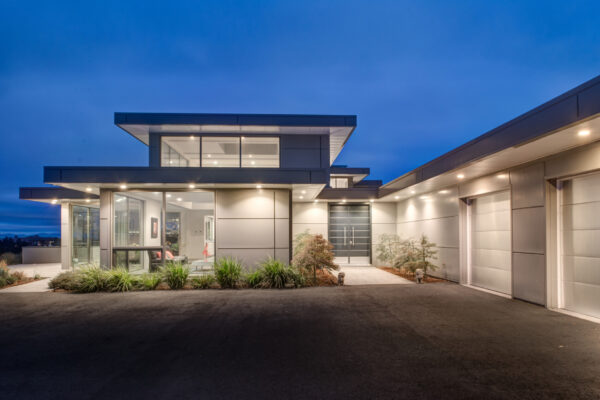
1. Whole Systems Thinking: Regenerative design recognizes that buildings are part of broader natural, social, and economic systems. It integrates these systems to create interconnected, mutually beneficial outcomes.
2. Restorative Processes: Rather than just sustaining existing conditions, regenerative design seeks to restore and regenerate ecosystems. Buildings are designed to replenish resources, repair damaged landscapes, and enhance biodiversity.
3. Adaptability and Resilience: Designs must be flexible and adaptable to changing conditions, ensuring longevity and the capacity to withstand environmental challenges like climate change.
4. Human and Ecological Health: This principle emphasizes the well-being of both humans and the environment. Buildings must promote healthy living environments while also contributing to the health of natural ecosystems.
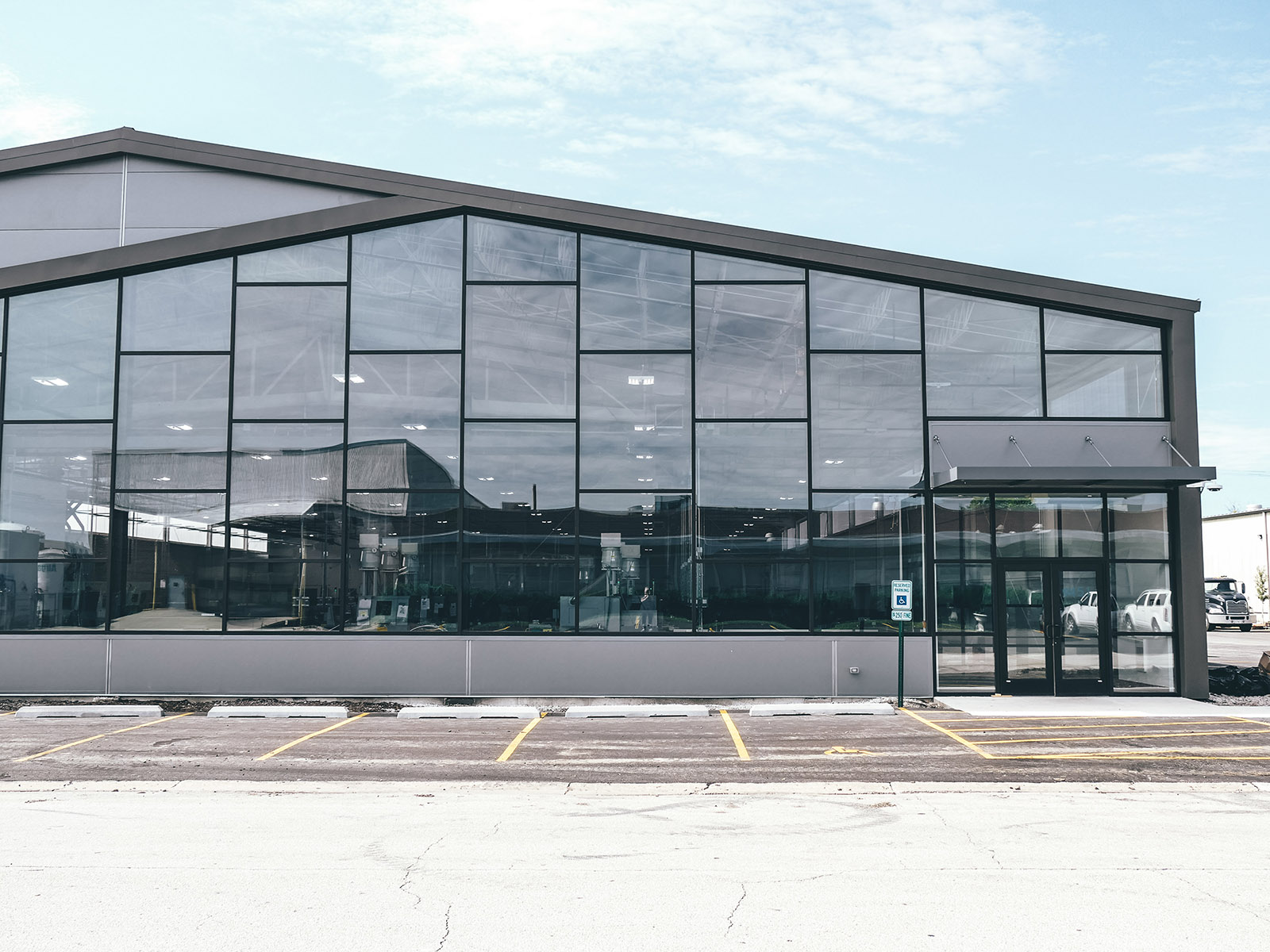
What Is the Difference Between Sustainable and Regenerative Design?
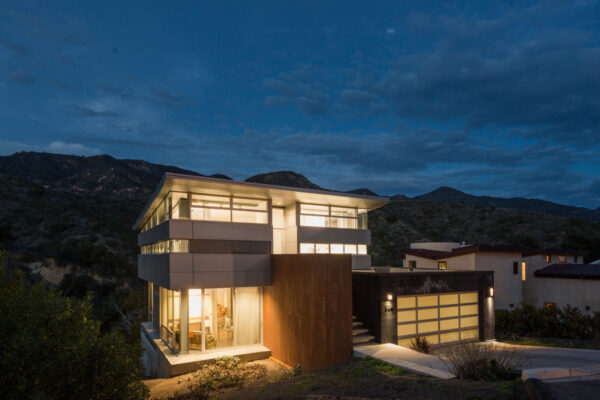
While both sustainable and regenerative designs aim to minimize environmental harm, there is a critical difference between the two approaches. Sustainable design focuses on minimizing negative impacts, such as reducing energy consumption or waste. It aims to do “less harm” by preserving resources and mitigating damage to the environment.
Regenerative design, on the other hand, goes beyond sustainability by actively contributing to the renewal of ecosystems. Instead of simply reducing harm, it aims to create net-positive
outcomes, enhancing biodiversity, regenerating soil health, and even improving air and water quality. In essence, sustainable design maintains the status quo, whereas regenerative design seeks to restore and improve ecosystems.
To learn more about innovative approaches to creating environmentally responsible spaces, explore Creating Sustainable Spaces: Innovative Green Building Design Features.
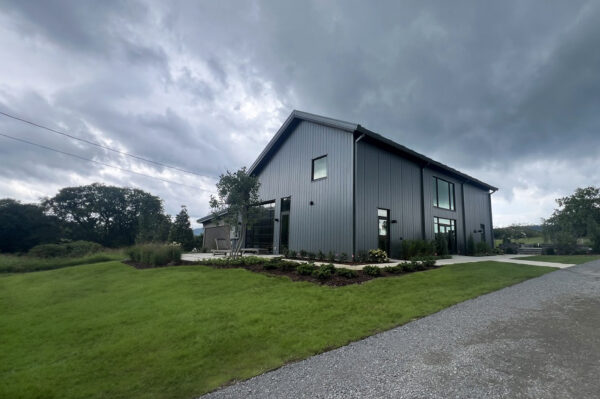
Several essential elements define regenerative design, each working together to create holistic and restorative structures:
- Energy Efficiency and Renewable Energy: Buildings are designed to produce more energy than they consume by integrating renewable energy sources like solar, wind, and geothermal.
- Water Management: Regenerative designs incorporate water conservation, rainwater harvesting, and greywater recycling to ensure water resources are used efficiently and replenished.
- Biodiversity: By incorporating green roofs, living walls, and native landscaping, regenerative buildings actively enhance local biodiversity and support wildlife habitats.
- Material Selection: Non-toxic, renewable, and locally sourced materials are favored in regenerative design, promoting environmental health and minimizing resource extraction.
- Community Engagement: Regenerative design considers the social impact of buildings, fostering community involvement and promoting well-being through the creation of spaces that enhance quality of life.
What Is an Example of a Regenerative Design Architecture?
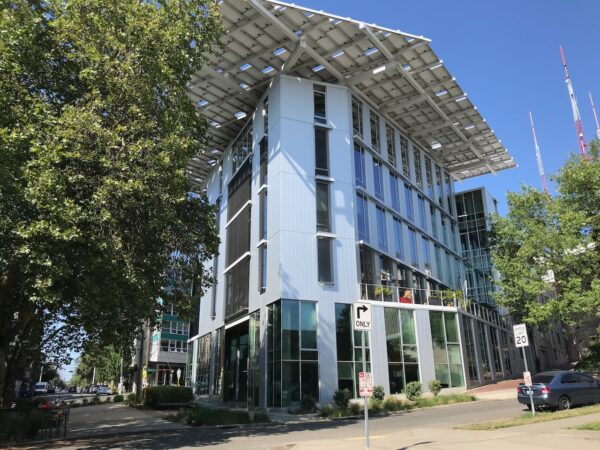
A notable example of regenerative design architecture is the Bullitt Center in Seattle, USA. Often referred to as “the greenest commercial building in the world,” the Bullitt Center not only achieves net-zero energy usage through solar power but also captures and treats rainwater on-site, processes waste, and incorporates materials that avoid harmful chemicals. The building’s regenerative design allows it to operate in harmony with the environment, contributing to the health of its surrounding ecosystem while meeting the needs of its occupants.
By embracing regenerative design, architects and builders can pave the way for a future where buildings are not just sustainable, but restorative and enriching for the planet.

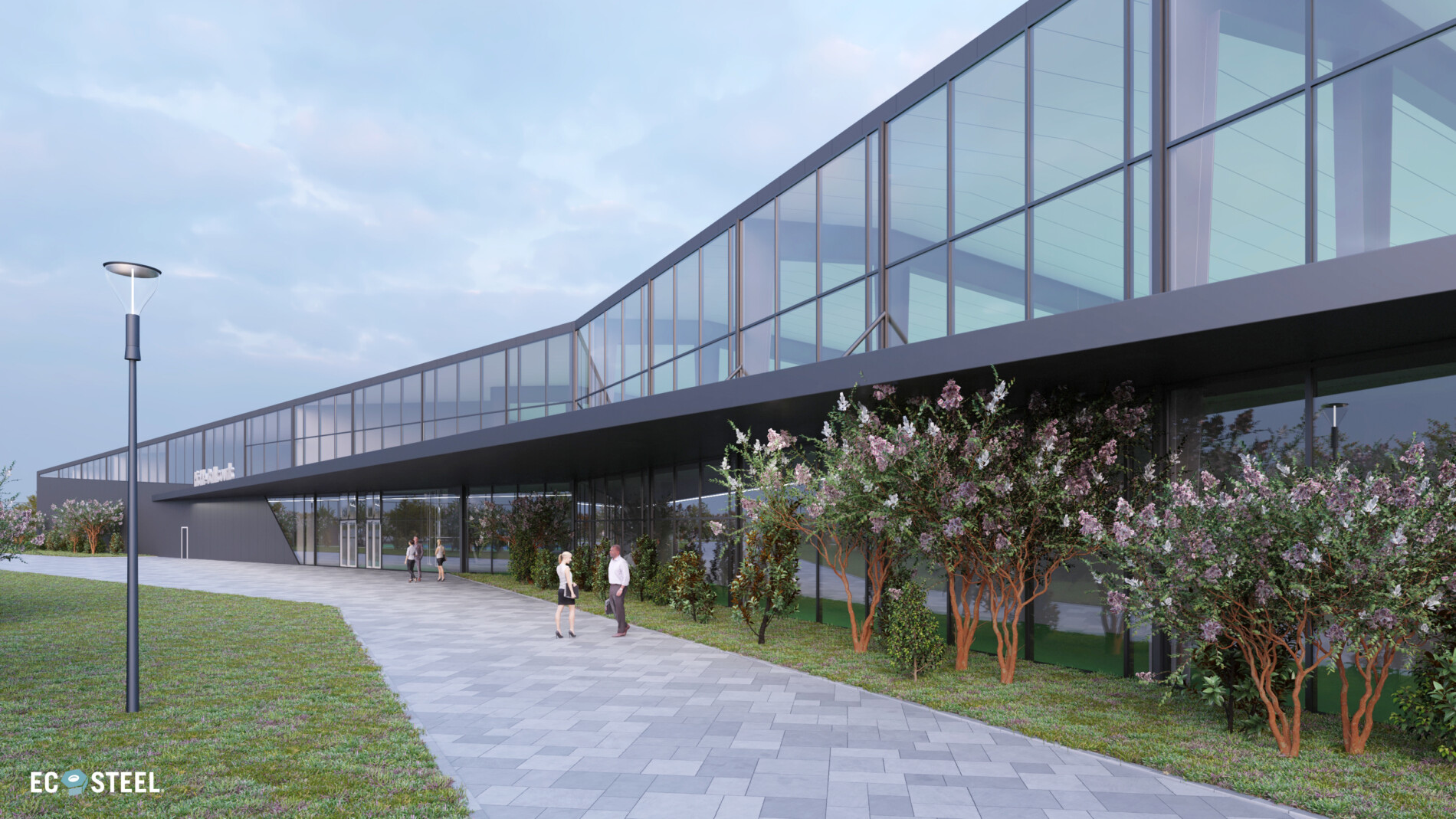
WHY ECOSTEEL?
EcoSteel building systems come in a variety of shapes and sizes, but at their core they all utilize a custom engineered structural steel frame and a high-performance insulated shell. From sub-zero temperatures to dry heat or high humidity, Mother Nature continually tests the limits of building envelopes. While our insulated wall panels are a popular option, sometimes they are substituted or combined with masonry, stone, pre-cast or tilt-up concrete, wood, glass or other architectural wall treatments. The versatility and flexibility of our building systems allows for a myriad of colors, shapes, textures and designs. Today’s building projects require the perfect combination of energy efficiency, creative versatility, and reduced construction cost.
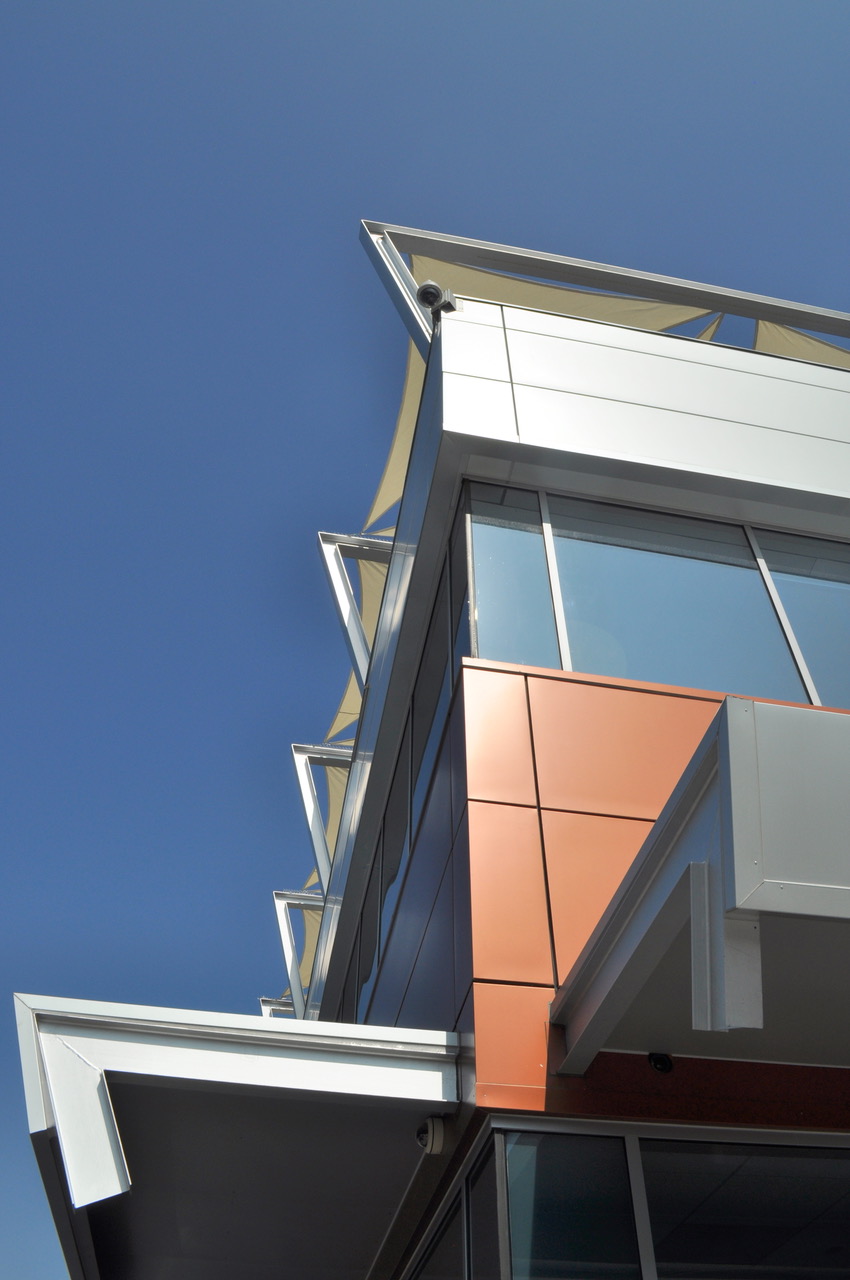
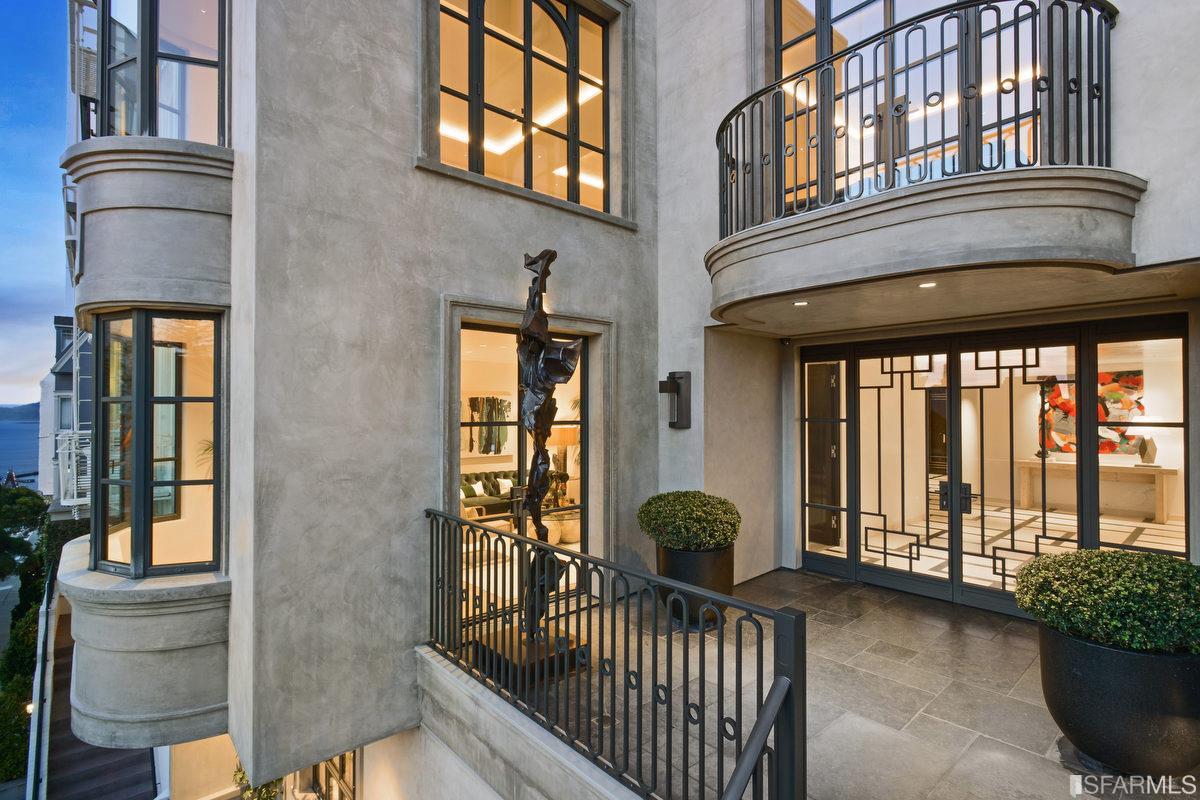
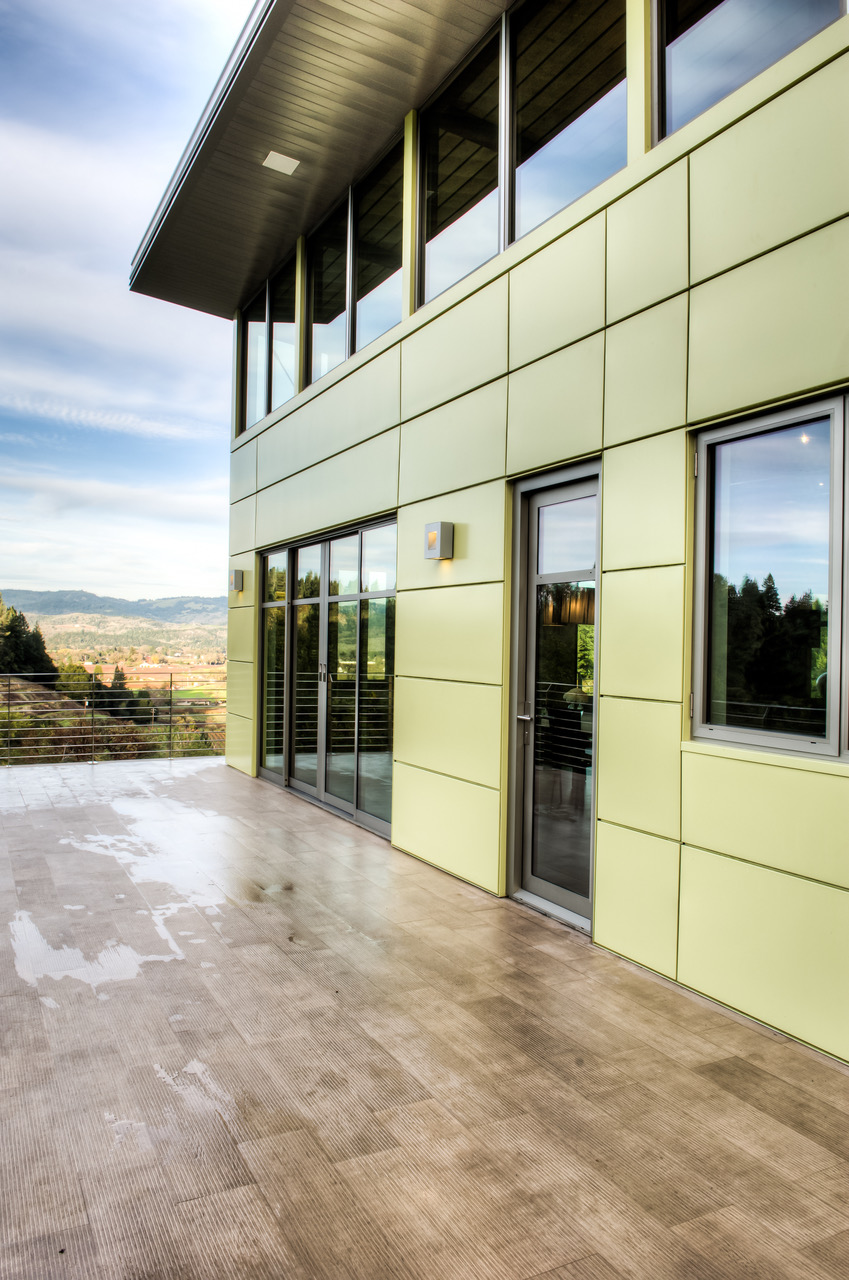
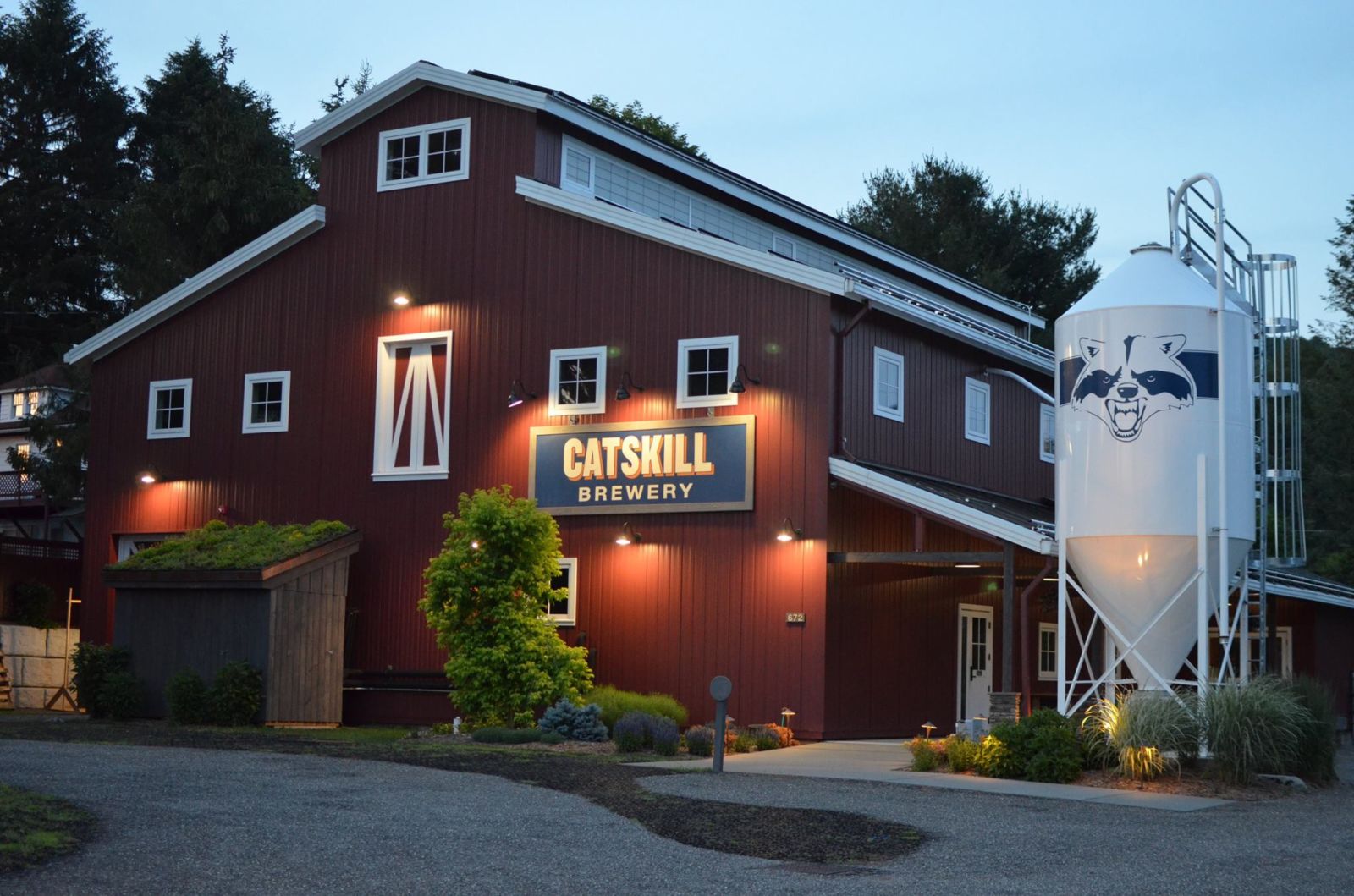
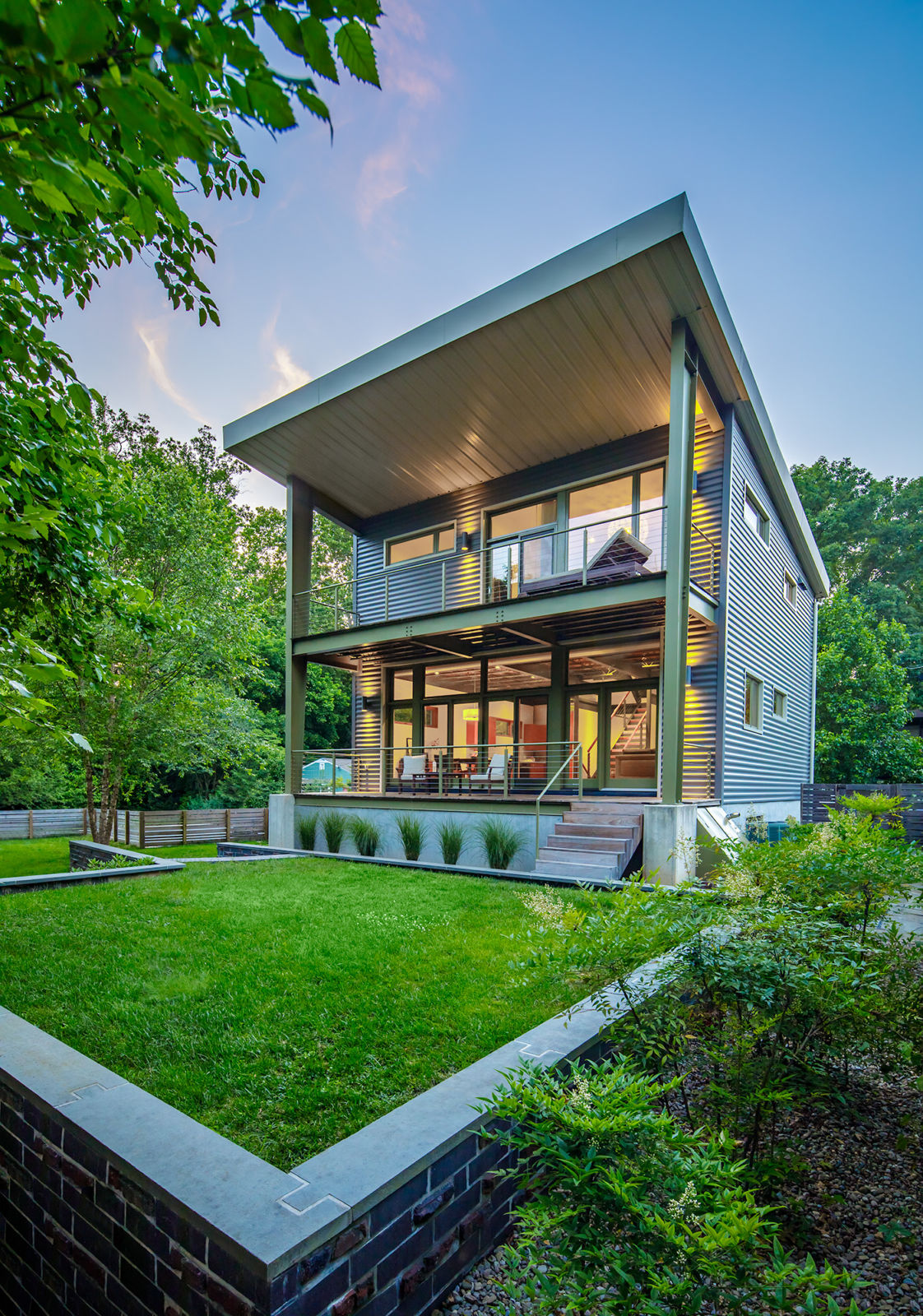
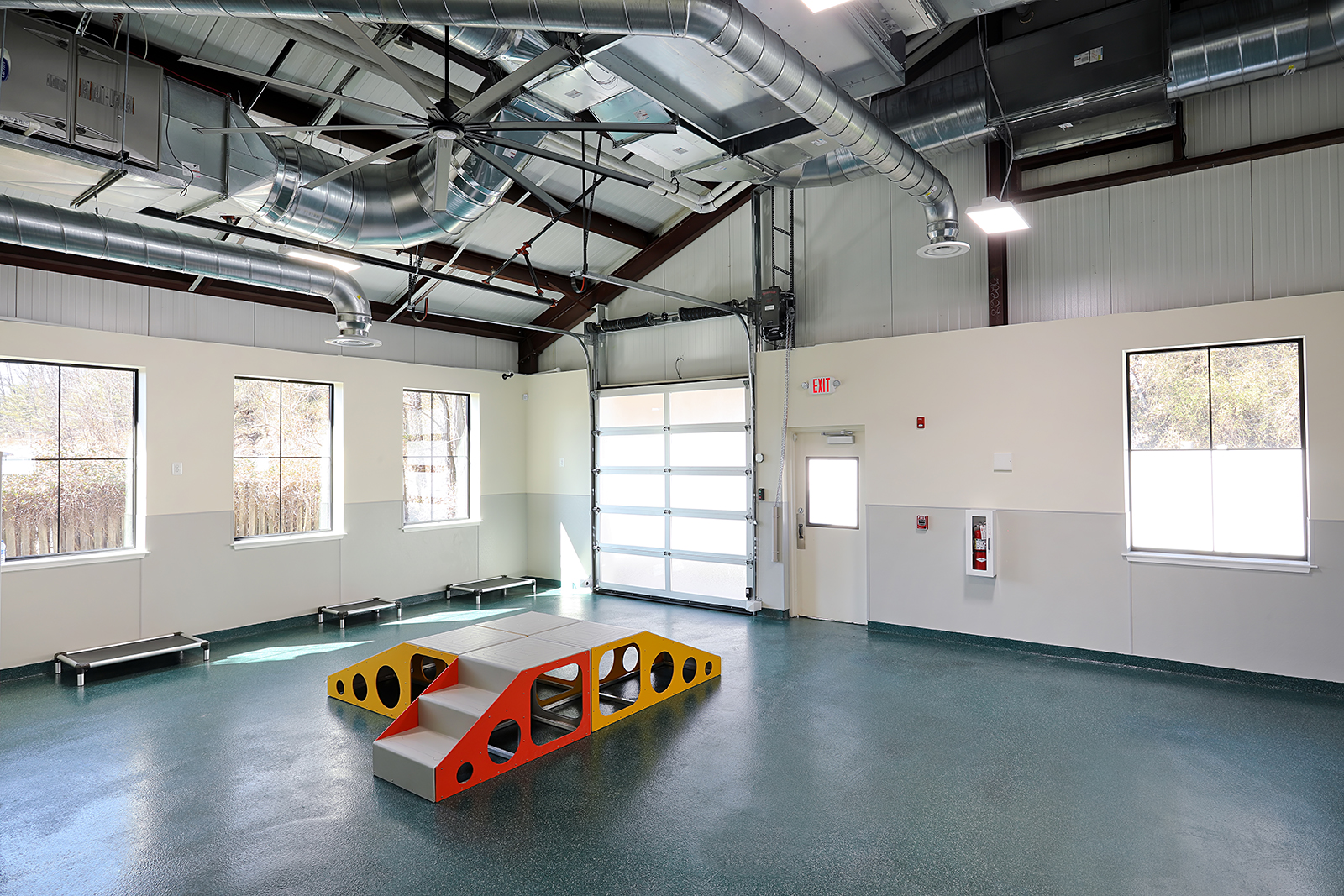
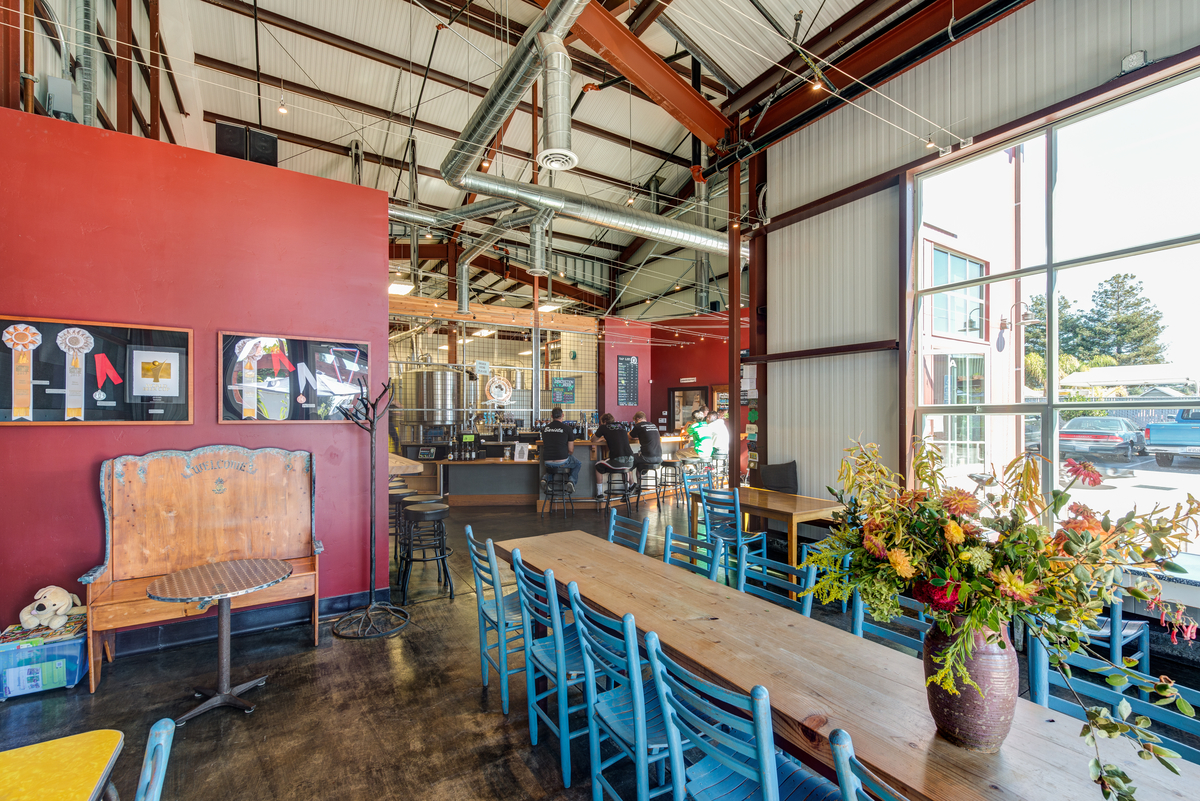
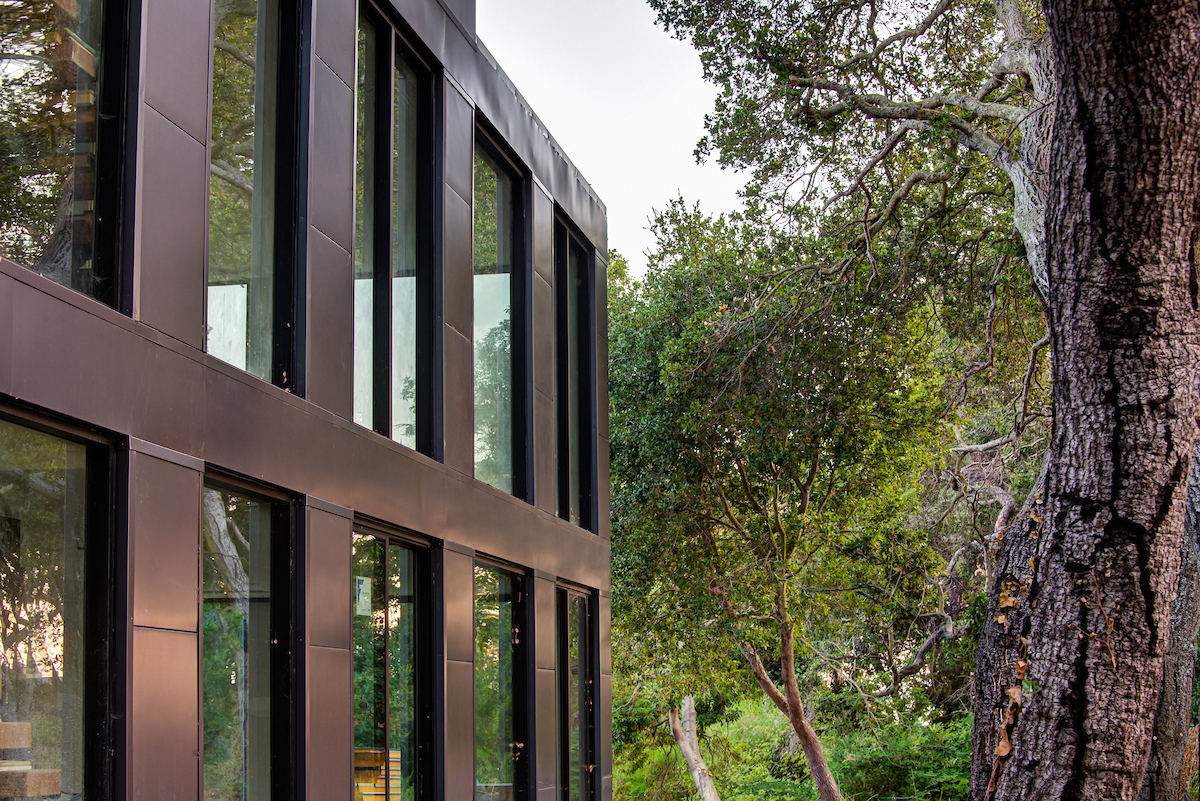
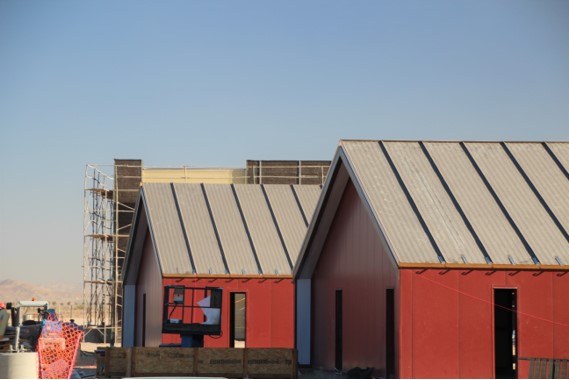
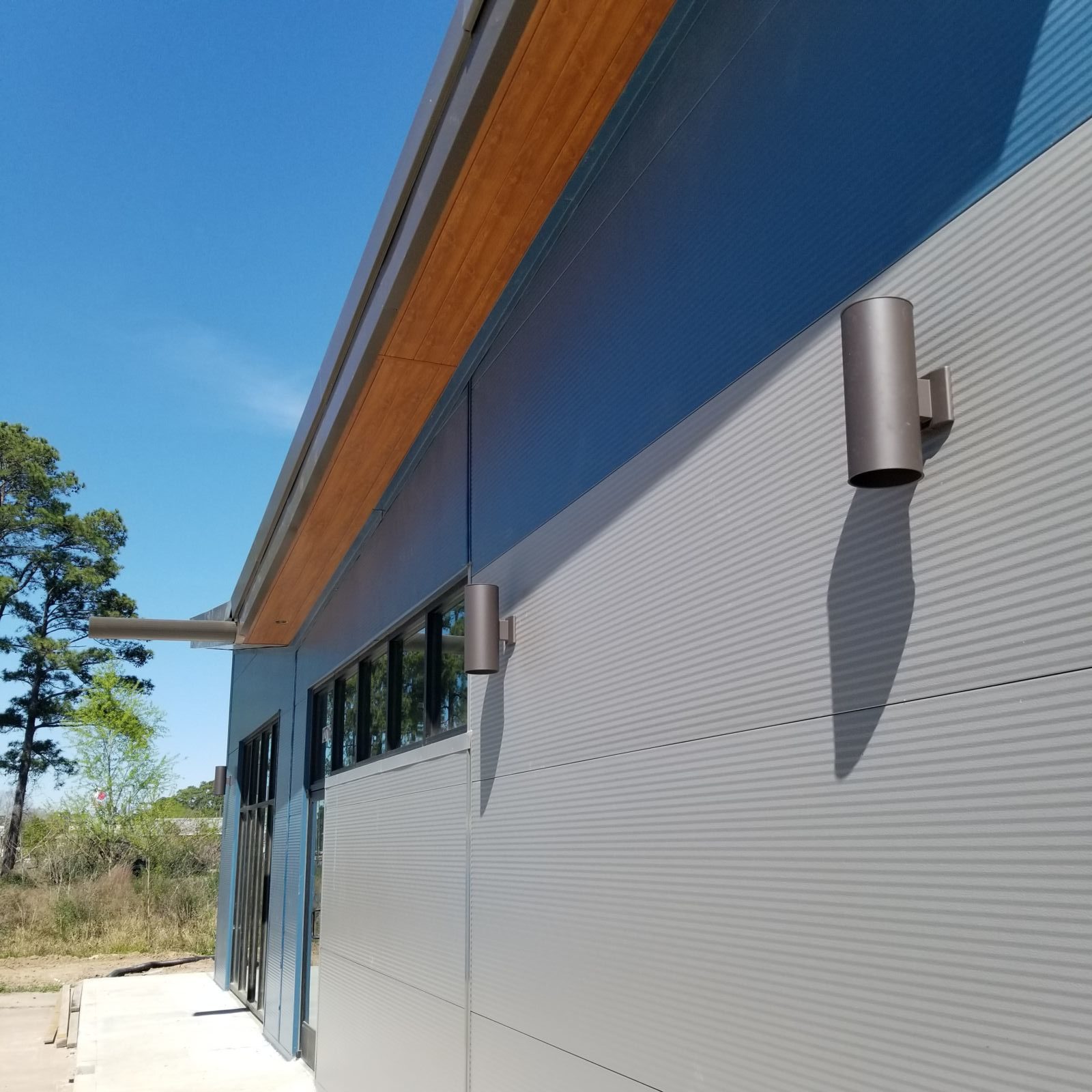
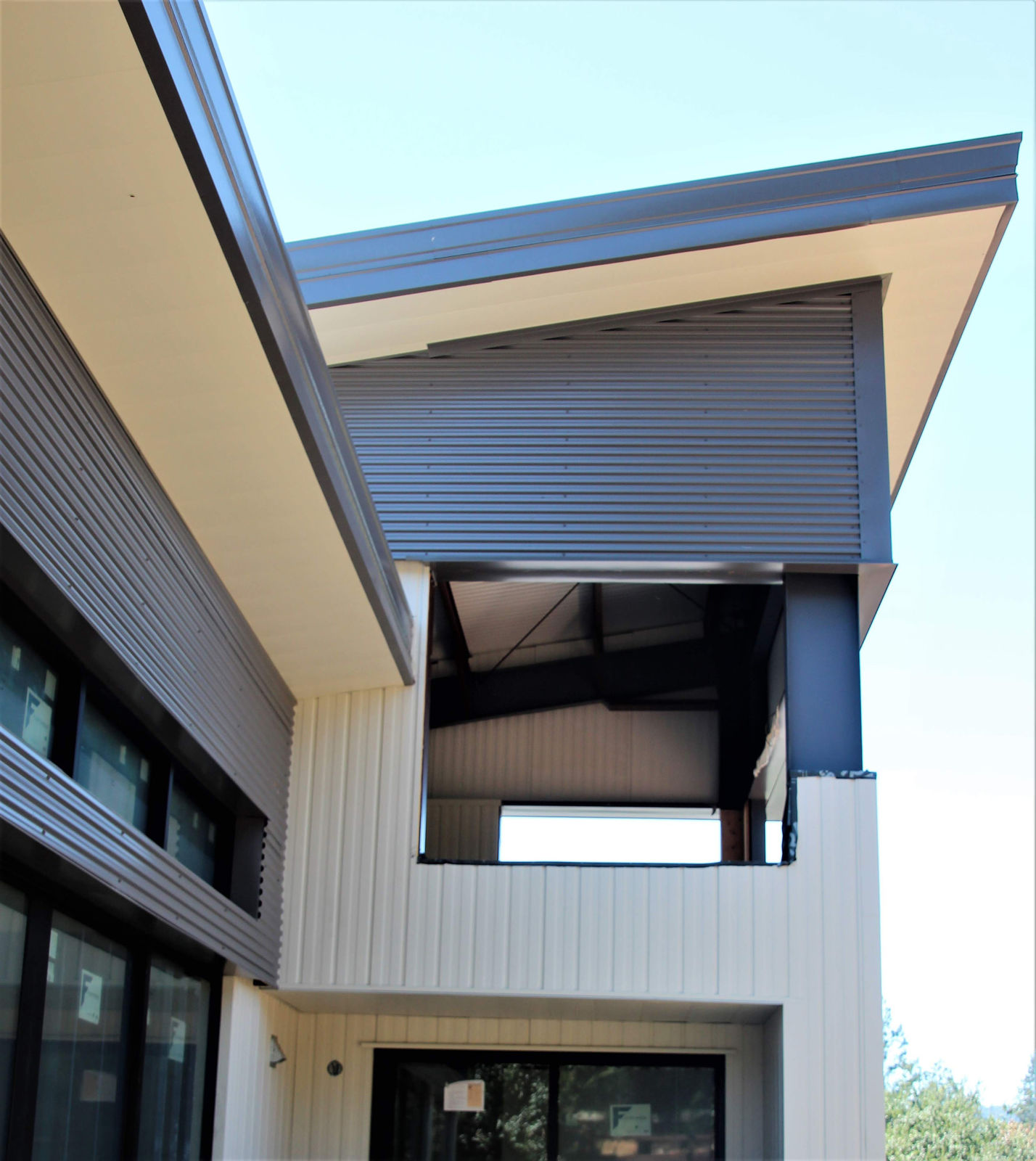
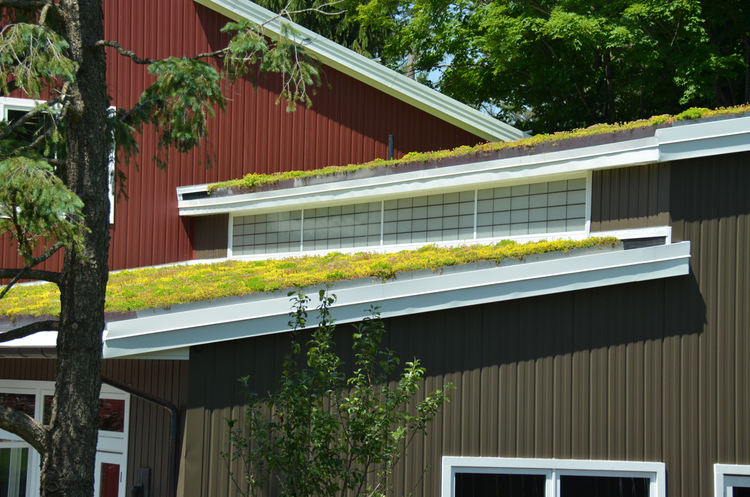
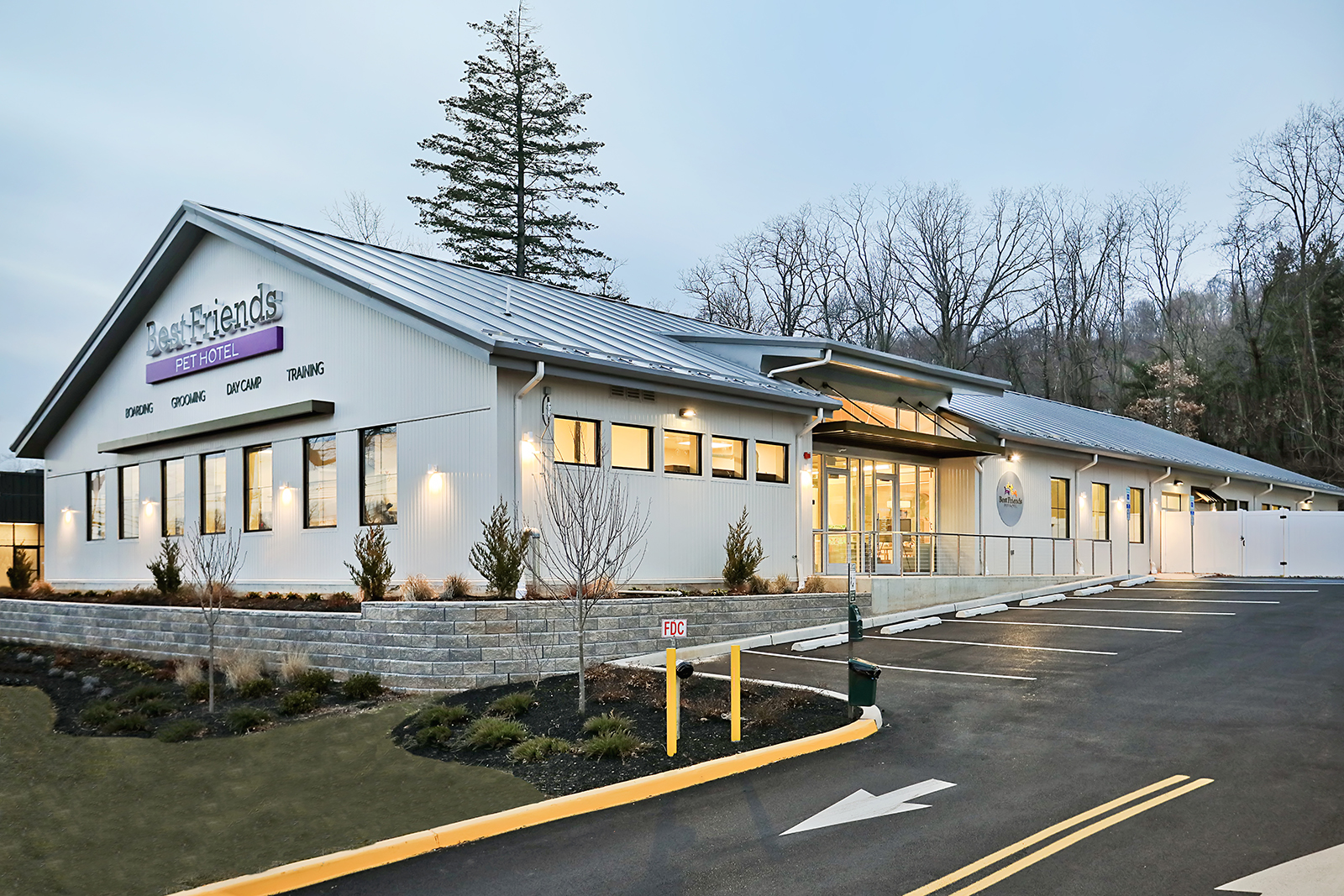
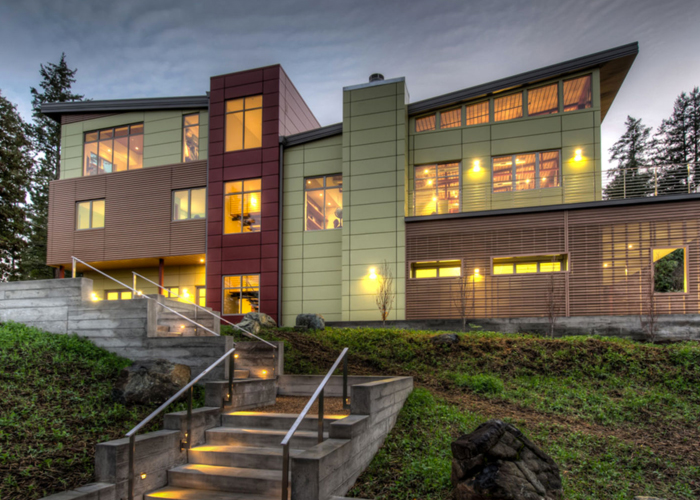
You must be logged in to post a comment.